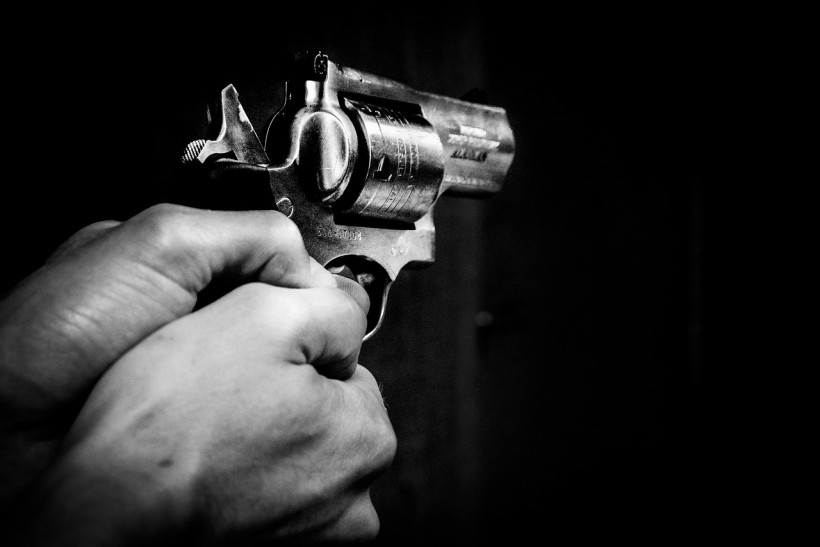Firing a gun in space might sound appealing, yet movies often opt for laser pistols. While space gunshots would function, differences from Earth arise due to the vacuum and lack of oxygen. Modern guns rely on internal oxidizers for bullet ignition, enabling firing regardless of location or environment.

Would a Gun Work in the Vacuum of Space? Scientists Weigh In on the Possibility
Shooting Guns in Space Is Possible
It is indeed possible to shoot a gun in the vacuum of space. Bullets possess their own self-contained oxidizing agent within the sealed cartridge, rendering atmospheric oxygen unnecessary for igniting the propellant.
However, an intriguing twist lies in the interaction between firing a gun in space and Newton's third law of motion, which dictates that for every action there is an equal and opposite reaction.
When a gun is fired in space, the recoil - the force counteracting the shooter's shoulder on Earth - propels the shooter backward. Although this effect may go unnoticed, it creates a situation where the bullet travels in one direction while the shooter moves away in the opposite direction.
Considering the behavior of bullets in space, their velocity remains comparable to that on Earth, although they can potentially cover longer distances. While gravity on Earth eventually causes bullets to descend, the absence of gravity in space allows bullets to continue their trajectory indefinitely, barring collisions with objects like planets or asteroids.
Nevertheless, the lack of atmospheric stabilization introduces challenges in the space environment. Temperature fluctuations, unmitigated by the atmosphere, could lead to issues.
Direct exposure to sunlight might cause a gun to heat up to the point of spontaneous ammunition ignition, while a shaded gun could become too cold for the primer in the firing cap to function. In frigid temperatures, metals might become brittle and adhere together, potentially causing mechanical parts to jam.
Shooting Oneself at the Back in Space
An interesting scenario of shooting a gun in space is when in orbital conditions around a planet, it is theoretically possible to shoot oneself at the back, requiring precise calculations and an impeccable aim.
As objects in orbit are perpetually in free fall, firing a bullet horizontally at the right altitude could cause it to circumnavigate the planet and return to its point of origin. The challenge lies in gauging the degree of recoil and altitude variation caused by the shot.
Scientists have entertained this notion to explore high-speed impact effects, highlighting the feasibility of such a scenario. Aiming with utmost accuracy becomes crucial for success.
Interestingly, the concept is not as outlandish as it appears; on the moon, for instance, one could simulate this by standing atop a lunar mountain and firing horizontally. The bullet, traveling at around 1600 meters per second, could circle the moon due to its low gravity.
This peculiar scenario has sparked curiosity, considering the various possibilities for movie plots. Nonetheless, the rarity of space shoot-'em-up scenarios begs the question of why such themes are infrequent in film narratives.
RELATED ARTICLE: Gun Testing Conducted by Experts to Check if Space Impact Can Kill Tardigrades
Check out more news and information on Physics and Math in Science Times.




![Earth's Quasi-Moon Kamo‘oalewa Could Originate From Lunar Surface Not Asteroid Belt [Study]](https://1721181113.rsc.cdn77.org/data/thumbs/full/53275/89/56/50/40/earths-quasi-moon-kamo-oalewa-could-originate-from-lunar-surface-not-asteroid-belt-study.png)









